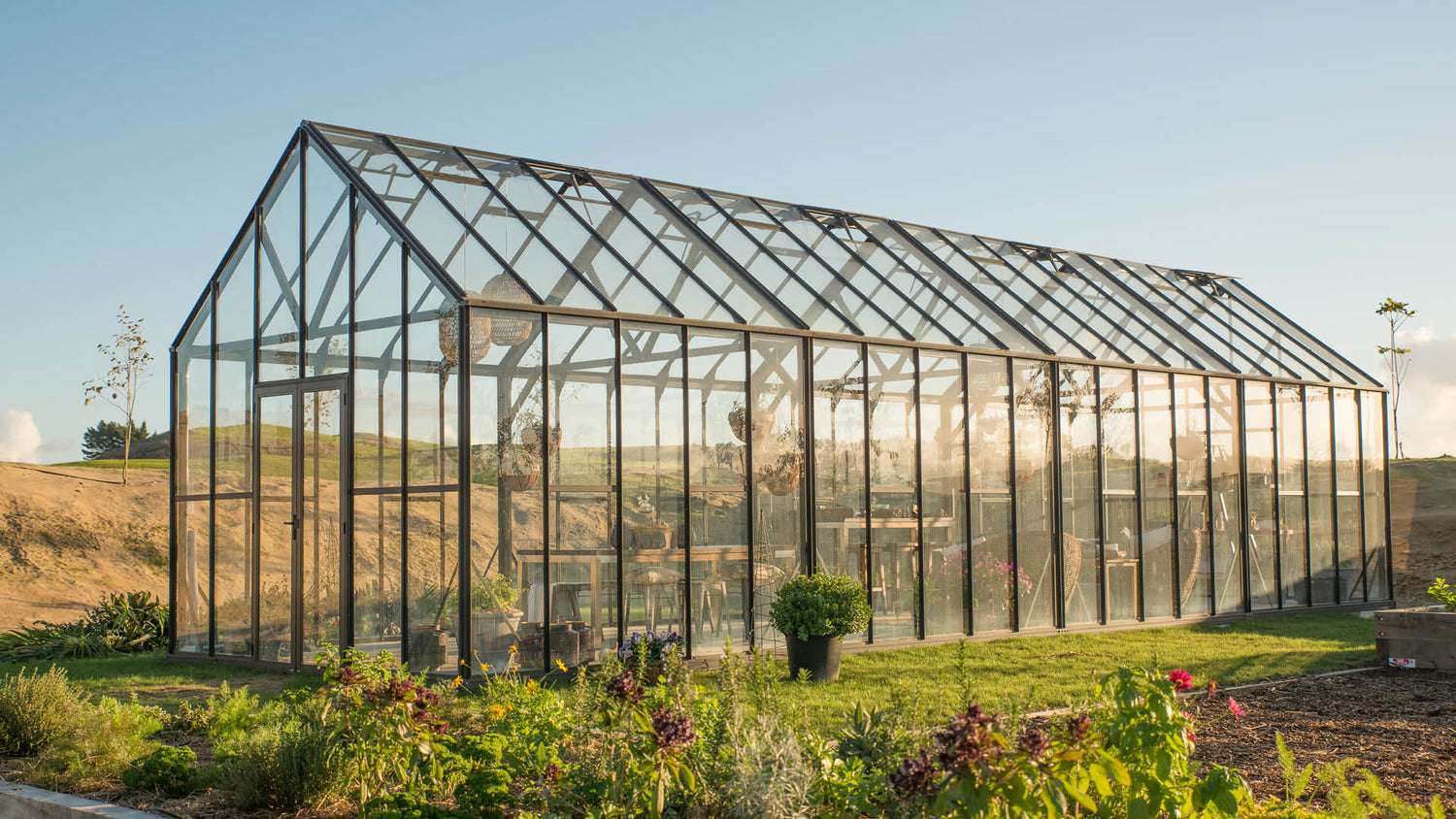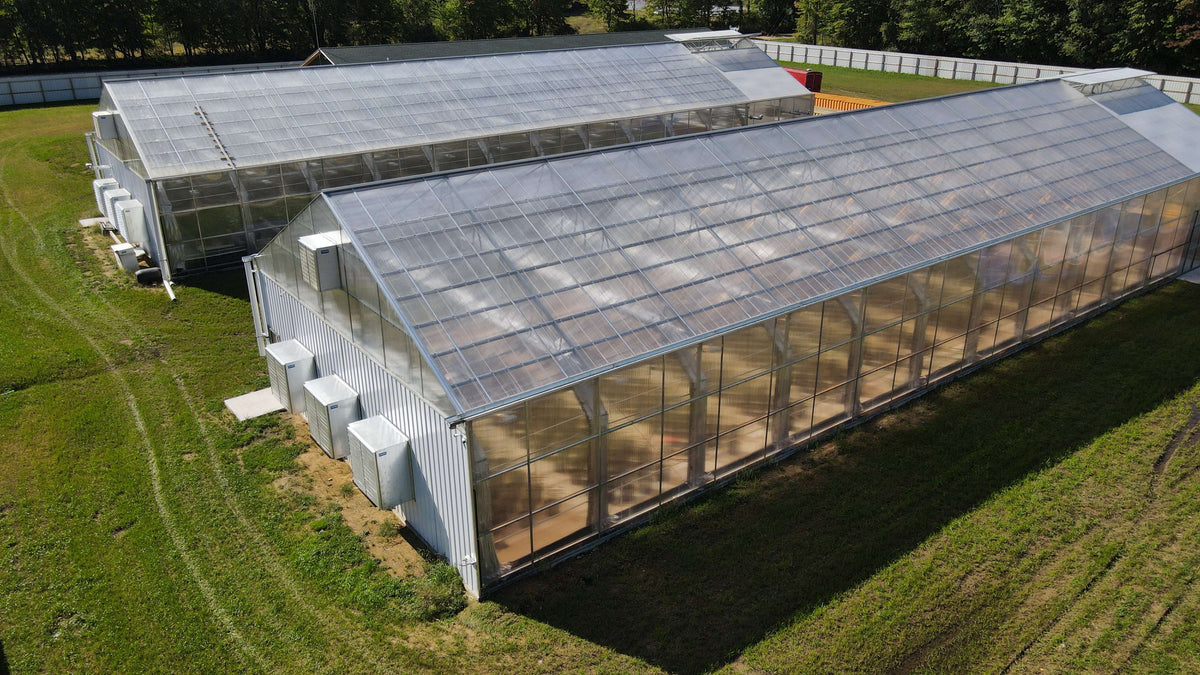The Future of Greenhouses: Technologies in Lasting Farming
Are you curious regarding the future of greenhouses and how they are changing sustainable agriculture? From advanced climate control systems to upright farming strategies, water-efficient watering methods, eco-friendly energy assimilation, and smart information analytics, these improvements are transforming the means we grow our food.
Advanced Climate Control Equipment
To achieve ideal growing problems, you can count on the advancements in greenhouses with advanced climate control systems. These systems have revolutionized the way we grow plants, providing a controlled setting that is helpful to plant development. With these innovative systems, you can now adjust temperature, humidity, light levels, and even CO2 focus to develop the best conditions for your plants to thrive.
Among the vital functions of these sophisticated climate control systems is their capacity to control temperature. By utilizing sensing units and automated controls, the greenhouse can adjust the temperature level based upon the details requirements of the plants. This guarantees that they are never ever revealed to extreme warmth or chilly, which can be harmful to their growth.
Moisture control is another essential facet of these systems. By maintaining the perfect moisture levels, you can protect against problems such as mold, mold, and disease from impacting your plants. These systems can likewise regulate the amount of light that gets to the plants, making sure that they obtain the ideal amount for photosynthesis.
Moreover, advanced climate control systems can also manipulate CO2 focus. By enhancing the degrees of carbon dioxide in the greenhouse, you can enhance plant development and productivity. This is especially valuable in areas with reduced all-natural CO2 levels.
Upright Farming Strategies
One vital upright farming technique is utilizing piled expanding systems. Monarch Greenhouse builder Utah. These systems involve setting up plants in numerous layers, up and down piled on top of each various other. By utilizing vertical space, farmers can maximize their crop yield without needing extra land. Piled growing systems are generally used in urban areas where area is limited.
One popular approach is called vertical hydroponics, where plants are expanded in nutrient-rich water without dirt. This method is highly effective as it decreases water usage by as much as 90% contrasted to traditional farming methods. Additionally, since the plants are expanded inside, they are shielded from parasites and conditions, decreasing the need for chemicals.
One more technique is aeroponics, which entails putting on hold the plant roots in a mist or air setting. This approach permits optimal nutrient absorption and oxygenation, resulting in faster development and higher returns. Aeroponics likewise uses less water than conventional farming and can be applied in upright systems, making it a popular option for upright farming.
Water-efficient Watering Methods
When it comes to executing water-efficient watering methods in lasting agriculture,Making best use of water conservation is crucial. With worldwide water scarcity coming to be a pressing problem, it is crucial to establish innovative strategies that optimize water usage in greenhouse procedures.
One encouraging method is drip watering, which supplies water directly to the plant roots, decreasing waste and evaporation. By making use of a network of tubes with small emitters, water is applied slowly and specifically, guaranteeing that plants get the necessary dampness without excess overflow.
One more reliable strategy is using soil wetness sensing units. These tools gauge the dampness content in the soil and supply real-time information to farmers. By monitoring the dirt's wetness levels, farmers can accurately figure out when and just how much water to use, preventing over-irrigation.
Furthermore, the application of rainwater harvesting systems is obtaining popularity in greenhouse farming. Accumulating rain from rooftops and storing it in tanks permits farmers to use this all-natural source for watering purposes, lowering dependence on typical water sources.
Finally, the fostering of automated watering systems can considerably boost water performance. These systems use sensors to discover soil dampness look these up degrees and climate conditions, changing watering schedules accordingly. By enhancing water use based on actual plant demands, these systems can reduce water waste and promote lasting farming practices.
Renewable Resource Integration
Eco-friendly energy combination in greenhouses supplies a number of advantages, including minimized running costs and lowered reliance on non-renewable energy sources. The produced power can after that be utilized to run different procedures within the greenhouse, such as home heating, ventilation, and lights systems. These generators harness wind power and transform it right into electrical energy, which can be made use of to supplement the power demands of the greenhouse.
Smart Information Analytics and Automation
To enhance the performance of your greenhouse procedures and optimize source application, consider carrying out smart information analytics and automation. Smart information analytics includes collecting and assessing data from numerous sensing units and devices within your greenhouse.
This can include automating the control of illumination, ventilation, watering systems, and nutrient delivery. By automating these processes, you can More hints make sure that your plants obtain the best problems and nutrients at the best time, without the need for constant hands-on treatment.
Moreover, clever information analytics and automation can work together synergistically. The information collected by sensors can be utilized to educate automated systems, enabling them to make real-time changes based upon the existing conditions. This integration of data analytics and automation can lead to a lot more efficient and specific resource allotment, eventually causing higher returns and far better plant quality.
Conclusion
Finally, the future of greenhouses in lasting agriculture looks encouraging. With innovative environment control systems, upright farming techniques, water-efficient watering approaches, and renewable resource assimilation, greenhouses are ending up being a lot more ecologically friendly and effective. Furthermore, making use of wise information analytics and automation additionally boosts performance and minimizes waste. These advancements are leading the way for a much more sustainable and effective farming industry, guaranteeing a greener and healthier future for all.

By optimizing water use based on real plant demands, these systems can reduce water waste and advertise lasting farming techniques.
